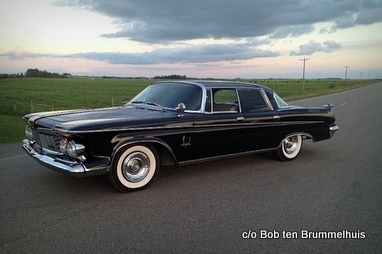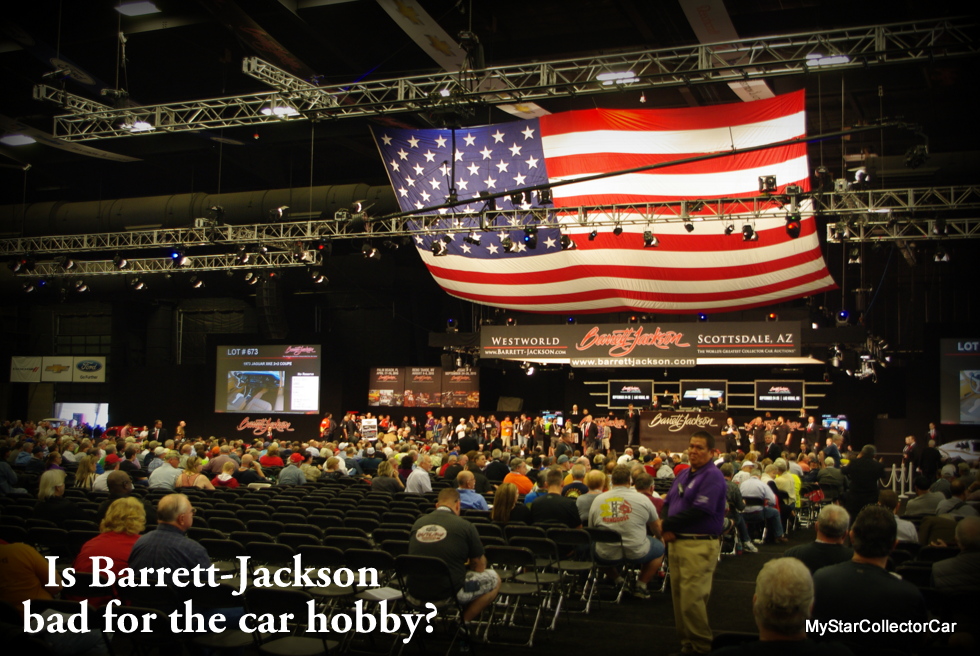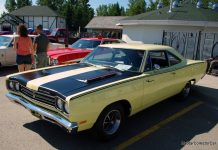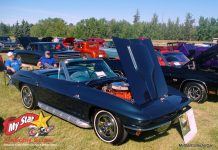The car hobby is like life because it’s multi-layered and complicated.
The question is—how deep is too deep in the multi-layered, complicated car hobby?
Jerry Sutherland
The best place to start is in the shallow end of the pool with the least committed fans of the car hobby. These guys like old iron enough to drag their kids to a show, but they’re in a minor relationship with old iron. They’re fans of the hobby, so they help build crowds at shows plus they buy stuff like hot dogs and burgers, so they contribute in their own way.

They like old cars, but you’ll never see an old Rambler in their driveway because they don’t have the time, money, skills, or motivation to own a classic. They just like the look of an old Rambler because it’s something to show the kids as a curiosity piece.

Owning one is definitely a bridge too far for these fans of the car hobby, but they are valuable because they support events and there’s a chance one of their kids might (thanks to seeing one in person) like old Ramblers enough to eventually buy one. It’s like sewing a new crop of car guys.
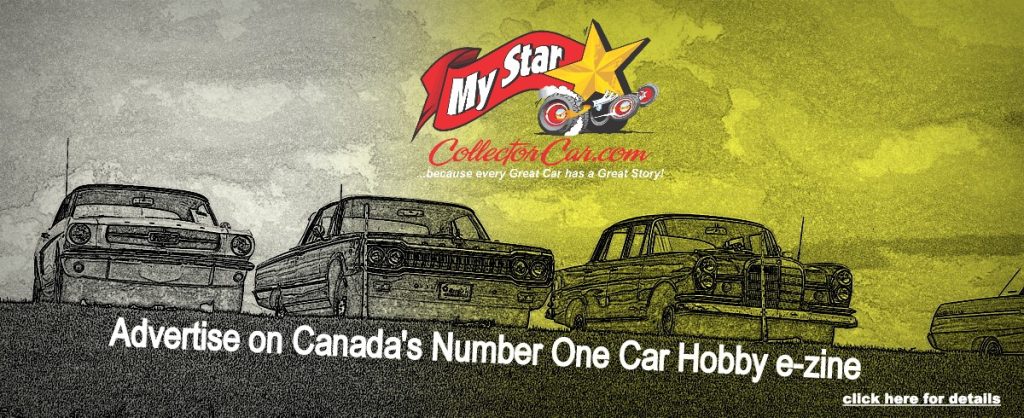
The next neighborhood in the hobby is the one I live in. I’ve been a car guy since I was seven years old so there’s no question the long-term commitment is there, but it’s still a mid-range car hobby level.
I have marginal skills compared to most hardcore car guys I know, but that never stopped me from taking on some nasty projects over the years. I learned a lot about how heads and car wiring work when I was 16—I took on a ’61 Volvo 544 and put it back together with very little guidance. It took a lot longer than a guy who knew what he was doing would take, but flying blind and making mistakes taught me far more than some guy on YouTube would today.

Since then, I have been in and around more projects than I could handle, and again–I learned things the hard way–but that’s how you progress in the car hobby. It’s going to crush your spirit on a routine basis, but the important thing is to keep plowing ahead.
The deepest point in the hobby are the guys who dive into the deepest level. I talk to these guys all the time—they could be just inside the lethal area of a nuclear explosion but that’s just background noise when they’re working on something old and complicated.
They’ll find them under their car with a wrench in their hand when the post-nuclear explosion rescue parties finally show up.
Many of my interviews are with guys like that and I can follow the conversation to a certain point but once they get into the engineering side of a project their words suddenly turn into a garbled version of Latin. I know what cam duration is but when given a certain set of numbers I don’t know if the extra lift means more or less power because I don’t build race engines.

The same thing applies to bodywork. I can spot a great paint job, but I can’t do one—I know it involves long hours of nasty, painfully boring sanding to get to a great finish. That’s after you build metal replacement pieces and weld them in with minimum harm to the surrounding metal–then lay down several layers of perfectly applied paint—then sand the finish until eternity ends.

This type of car guy lives and breathes old iron, so when he’s not working on cars and trucks, he’s looking at ads for other old cars and trucks. He lives on the edge of divorce—a world where the next car gets him served with papers, but he’s still looking.
That’s the deepest point of the hobby. In my opinion, that’s where the heroes live.
Jerry Sutherland
By: Jerry Sutherland
Jerry Sutherland is a veteran automotive writer with a primary focus on the collector car hobby. His work has been published in many outlets and publications, including the National Post, Calgary Herald, Edmonton Journal, Ottawa Citizen, Montreal Gazette, Saskatoon StarPhoenix, Regina Leader-Post, Vancouver Sun and The Truth About Cars. He is also a regular contributor to Auto Roundup Publications.
- CLICK HERE TO SIGN UP FOR THE NEWSLETTER
- CLICK HERE to Like us on Facebook
- CLICK HERE to Follow us on Twitter
- CLICK HERE to Follow us on Pinterest
Please re-post this if you like this article.










































